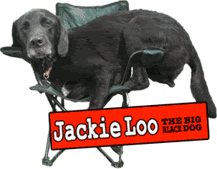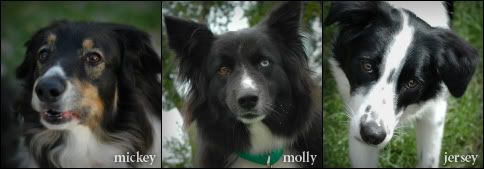Chicken, Chicken By-Product Meal, Corn Meal, Ground Whole Grain Sorghum, Ground Whole Grain Barley, Fish Meal (source of fish oil), Chicken Fat (preserved with mixed Tocopherols, a source of vitamin E, and Citric Acid), Brewers Rice, Natural Chicken Flavor, Dried Beet Pulp (sugar removed), Dried Egg Product, Brewers Dried Yeast, Potassium Chloride, Salt, Vitamins (Vitamin E Supplement, Ascorbic Acid, Beta-Carotene, Vitamin A Acetate, Calcium Pantothenate, Biotin, Vitamin B12 Supplement, Thiamine Mononitrate (source of vitamin B1), Niacin, Riboflavin Supplement (source of vitamin B2), Inositol, Pyridoxine Hydrochloride (source of vitamin B6), Vitamin D3 Supplement, Folic Acid), Flax Meal, Sodium Hexametaphosphate, Calcium Carbonate, Choline Chloride, Minerals (Ferrous Sulfate, Zinc Oxide, Manganese Sulfate, Copper Sulfate, Manganous Oxide, Potassium Iodide, Cobalt Carbonate), DL-Methionine, Rosemary Extract







 Reply With Quote
Reply With Quote I'm thinking this is gonna be the start of yet another war on pet foods again. *sigh*
I'm thinking this is gonna be the start of yet another war on pet foods again. *sigh* 

 RIP Sabrina June 16 2011
RIP Sabrina June 16 2011
 ) but coming from the link above, Iams is a tad bit better than Science Diet...but it's still not too good
) but coming from the link above, Iams is a tad bit better than Science Diet...but it's still not too good 






 I'm confused, can someone clarify please?
I'm confused, can someone clarify please?


Bookmarks